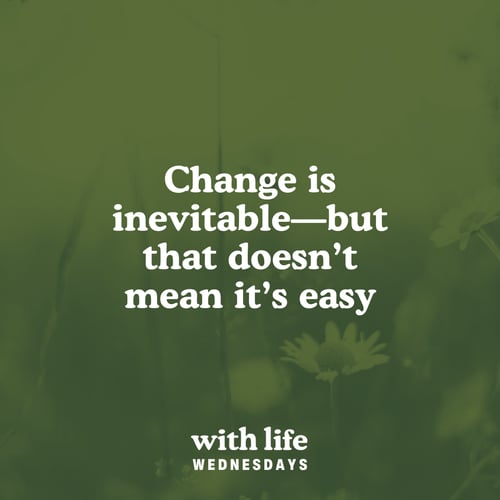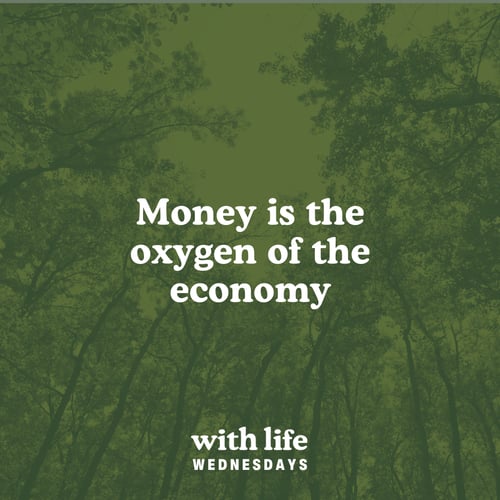
Nature Towns and Nature Farms by Holocia.
Improving human, community and local planetary health.
Decreasing the cost of living and improving our collective quality of life.



With Life / nRhythm
Apr 2, 2025 2:57:09 PM


With Life / nRhythm
Apr 2, 2025 2:53:46 PM
All

nRhythm
Lead Through Change

nRhythm
Work isn't Working

nRhythm
Money is the Oxygen of Our Economy

Human Health | Overheard
Dariush Mazaffarian on the vicious cycle of unhealthy food.

News
We are the ones we've been waiting for.
News
SXSW Agenda (updated in real time)
.png?width=400&height=200&name=Holocia%20hz%20(400%20x%20200%20px).png)